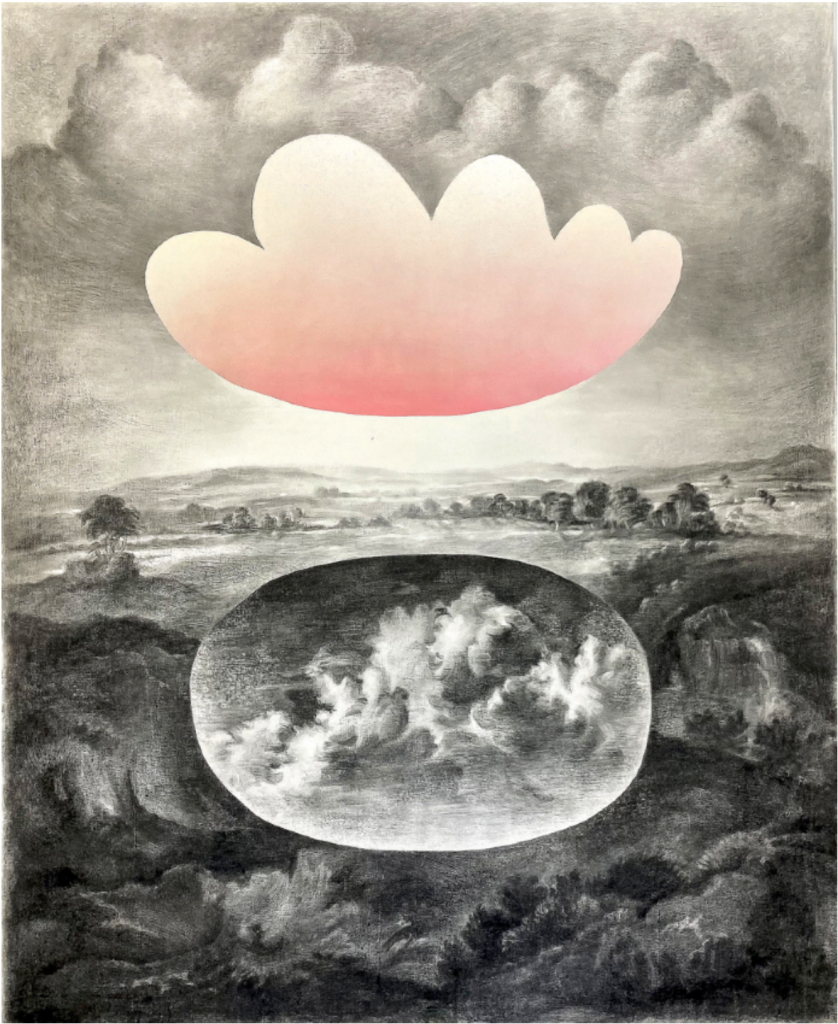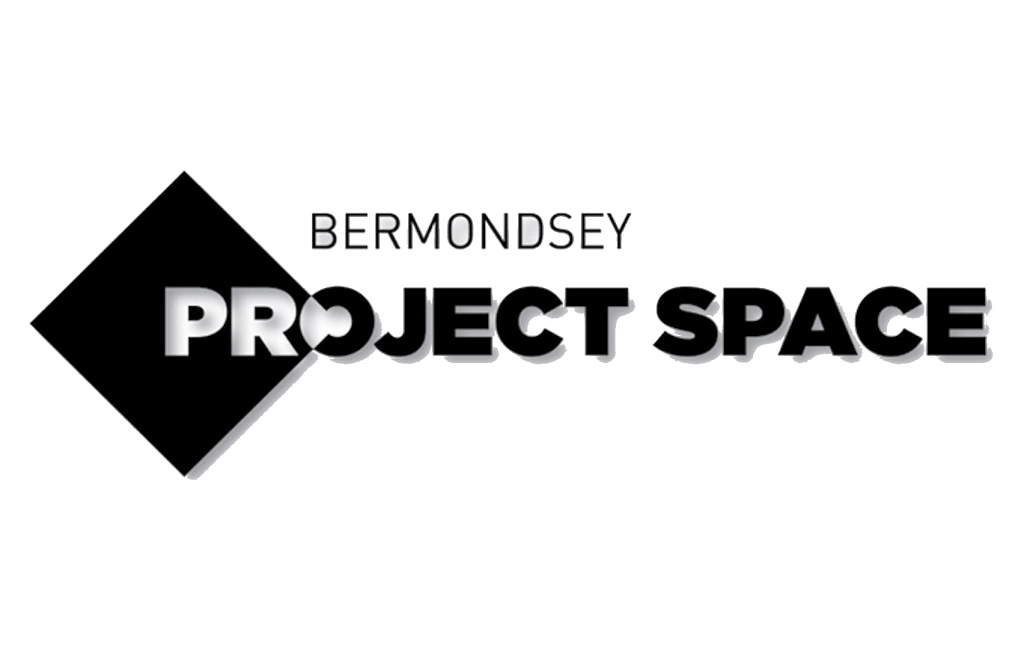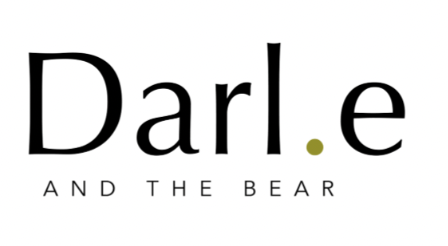Sandra Beccarelli, Camilla Bliss, Miranda Boulton, Florence Reekie, Sue Williams A’Court
30 April – 4 May 2024
Private View: Tuesday 30 April 6-9pm
Presented by Darl.e and the Bear and Curated by Julie Wigg
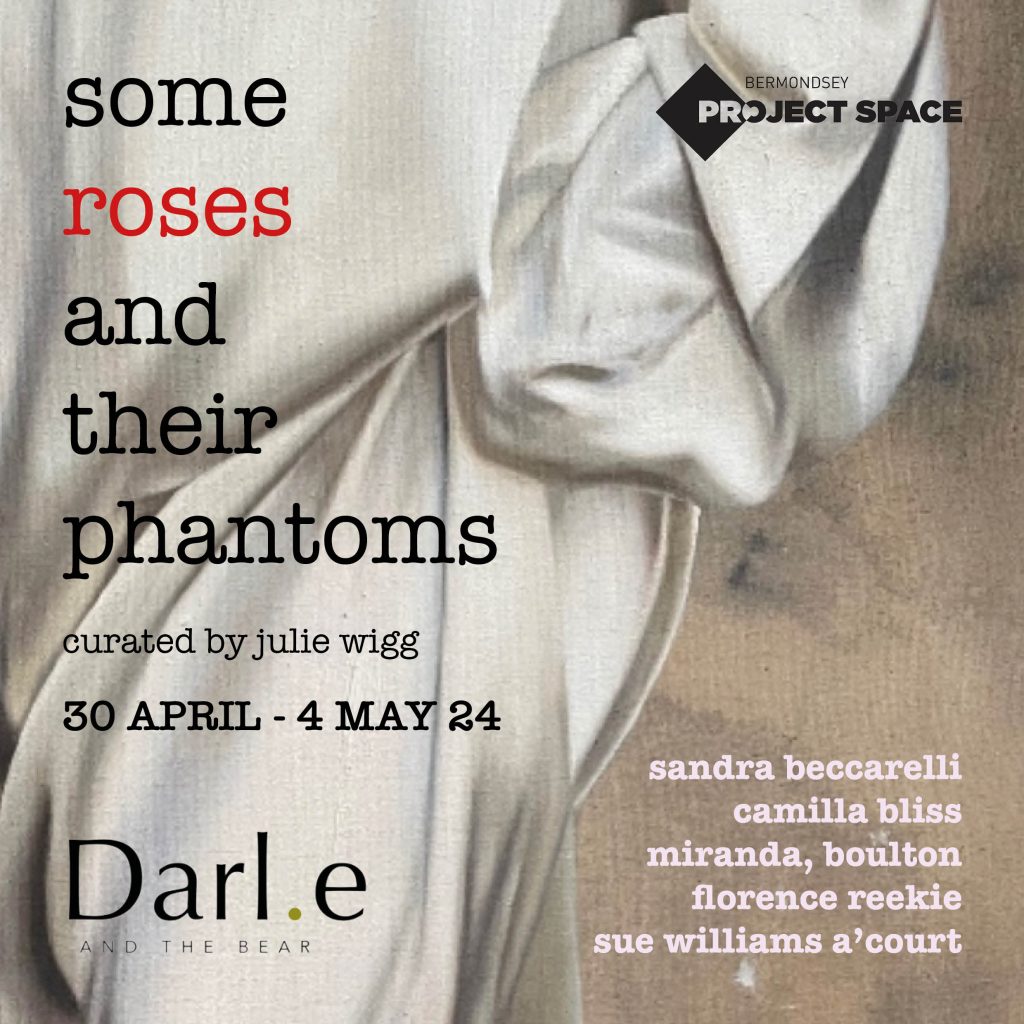
‘Here some roses from a very different garden sit?, lie?, stand?, gasp, dream?, die? on white linen. They may serve you tea or coffee. As I saw them take shape on the canvas I was amazed by their solemn colors and their quiet mystery that called for – seemed to demand – some sort of phantoms. So I tried to give them their phantoms and their still-lifeness’ Dorothea Tanning, 1952
Each artist’s work re-examines the narrative behind Surrealist artist Dorothea Tanning’s painting, Some Roses and Their Phantoms.
As contemporary female artists, how do they relate and question as Tanning did our expectations of what a still life painting is, in relation to the domestic and bourgeois ritual of ‘table laying’. Upon this laid table roses are scattered like sad, misshaped animal-like creatures, brown from being picked and left to dry. A crumpled napkin, an un-ironed tablecloth with fold marks visible cover the surface of the table. The teapot has mutated into a mantis-like creature, a large rose peeps from behind the table – watching, waiting. A china plate can be seen under the cloth, covered, visible but hidden at the same time.
Painted some 10 years after the end of Surrealism, Tanning felt female artists had still not gained the recognition they deserved. Tanning’s other paintings of that era, The Rose and the Dog, and Poached Trout also refer to the despondency of domestic life, this offers a complete change to the ten years since her optimistic self portrait Birthday, a strong visual image of her, prepared to show herself, a strong women dominating the visual space, sexually charged, the multiple recession of doors showing the exciting adventures that lay ahead.
Discussing the recent exhibition at Whitechapel Gallery, Phantoms of Surrealism, co-curators Nayia Yiakoumaki and Cameron Foote wrote: ‘The experiences of women artists working today are incomparable to the conditions faced by women in the 1930s. Nevertheless, art historical canons continue to be problematic and, through art history and art education, an inaccurate or incomplete picture is frequently conveyed. The references still often taught from this era of art are predominantly of male artists, often incorrectly framed as ‘the brains’ behind the surrealist movement or political activism in Britain. While institutional recognition of female artists is gradually improving, patriarchy is still dominant.’
Meet the Artists
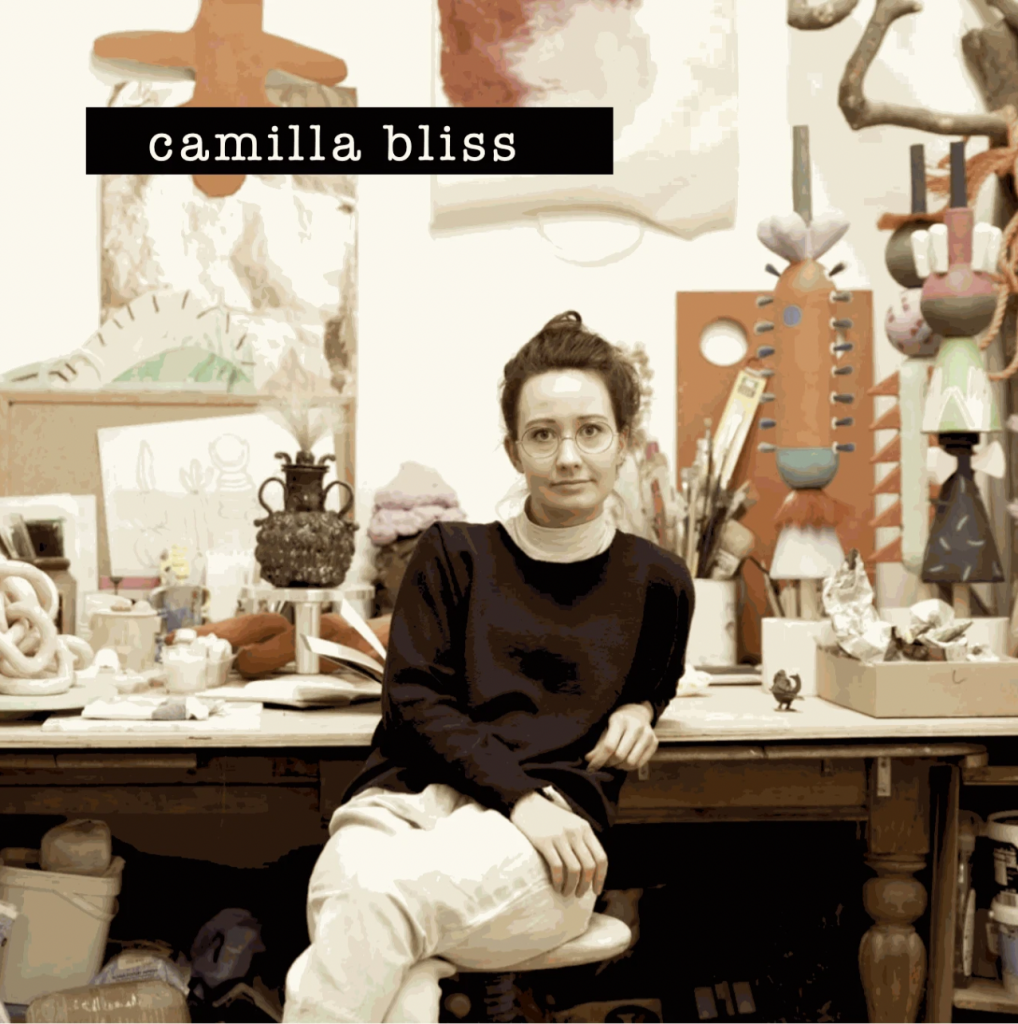
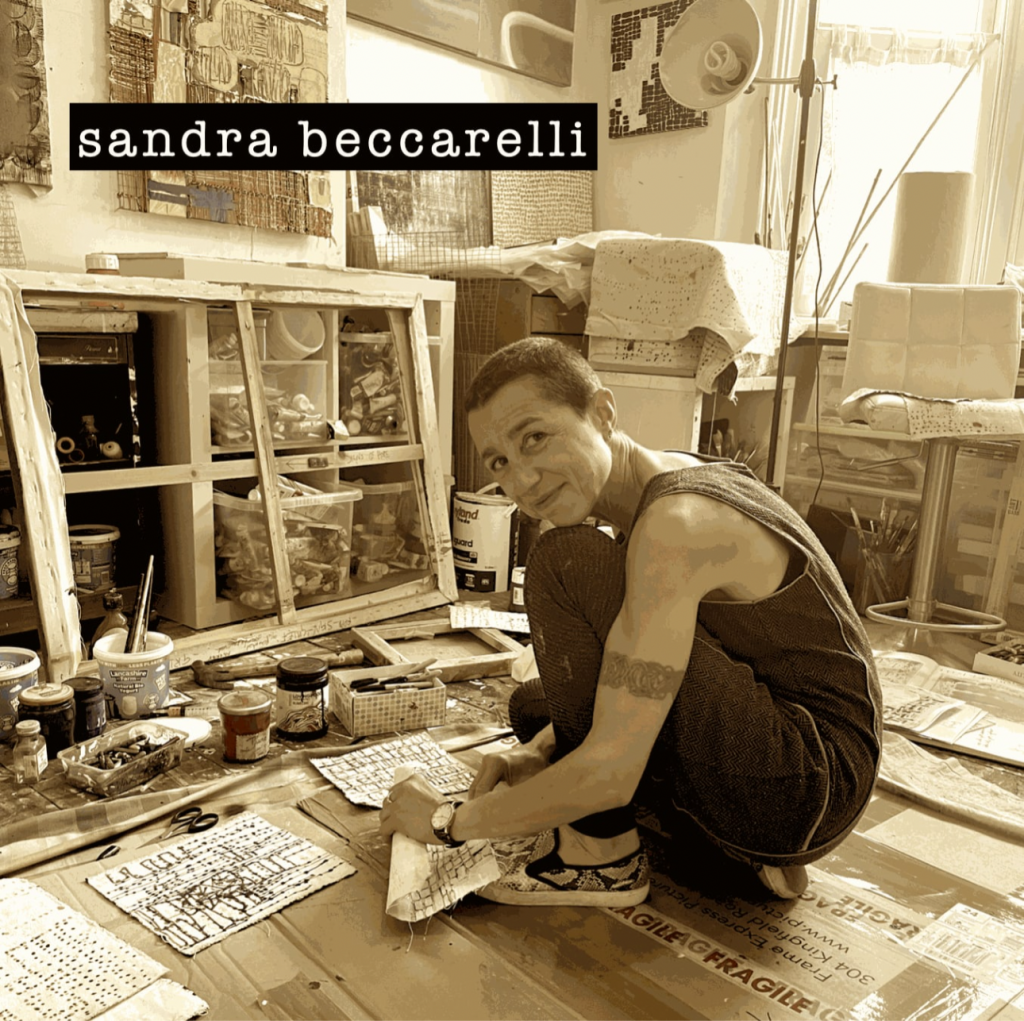
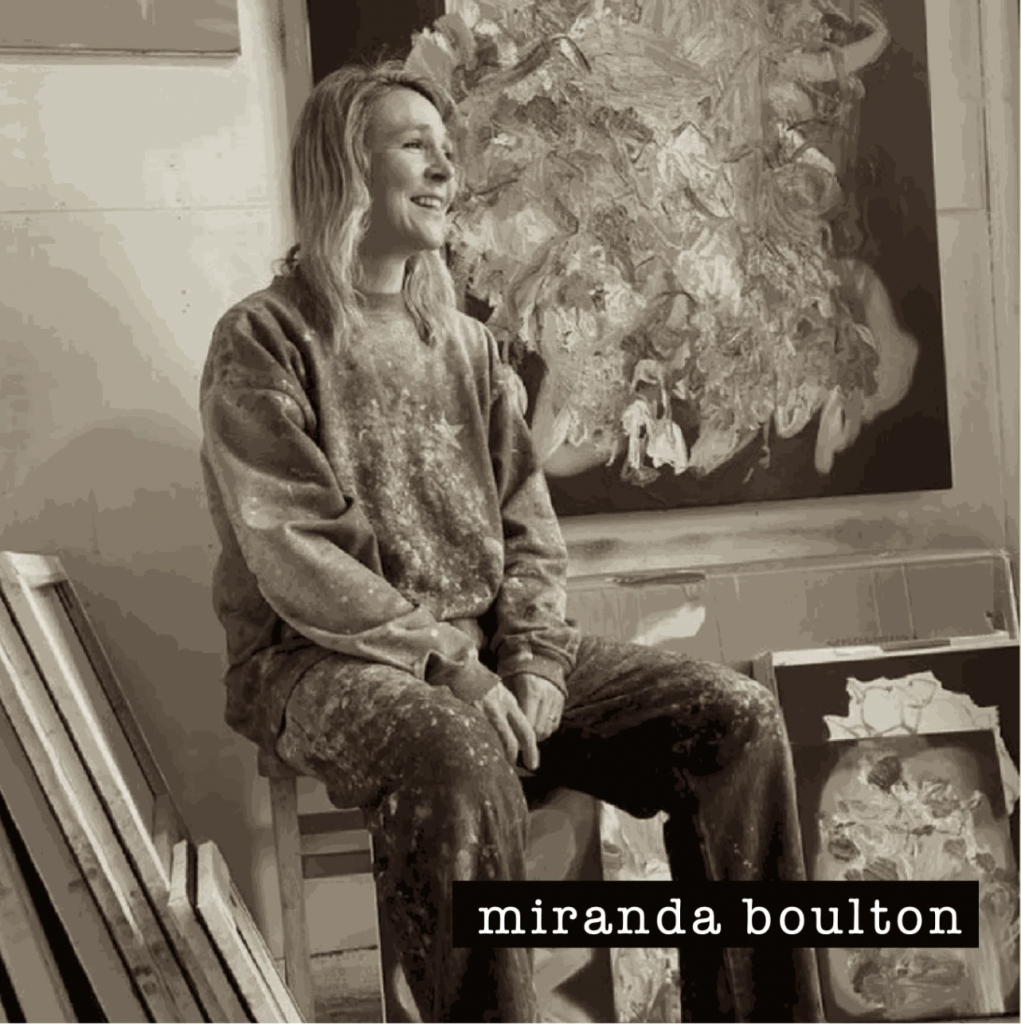
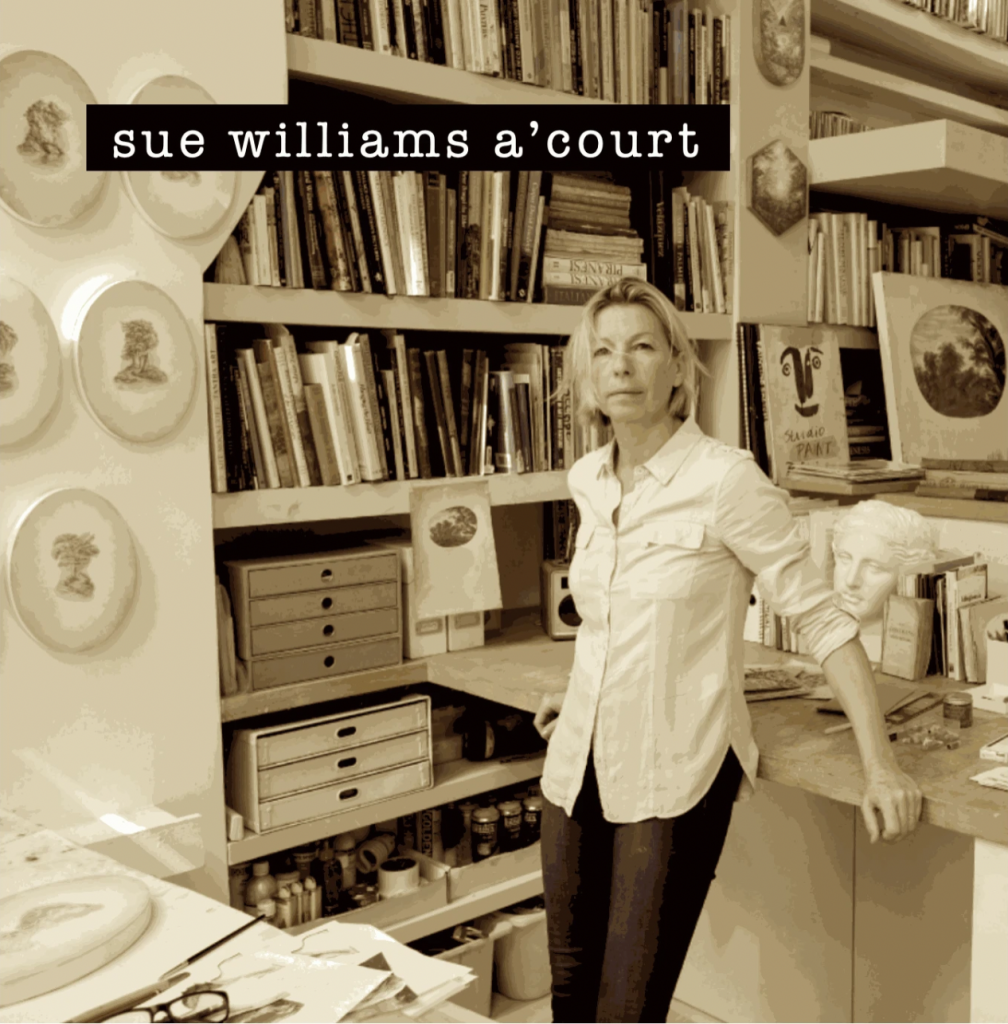
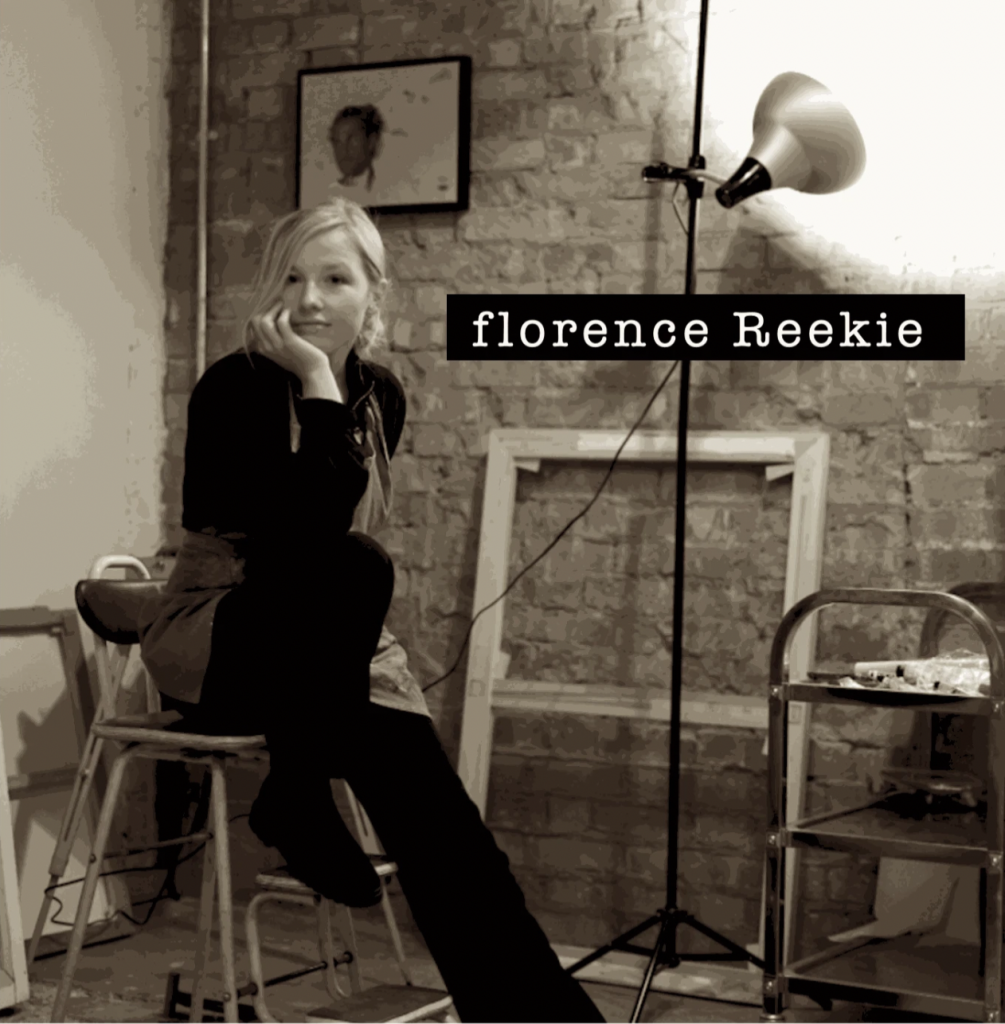
Sandra Beccarelli is a London-based artist. Beccarelli aims to get to the “essence” of a feeling, often referring to nature as a starting point; her interpretation of what we can see and what we can’t; the structure which underlies rhythms and movements stripped down and distilled to pure energy. The “backs” of her artworks are the equivalent to these unseen energies, where often the reverse side of her canvas will inform the “front” e.g. syringing through a “hidden grid” or sewing and rippling pins through paper. This method of working resonates with the idea of cause and effect and how everything is linked and exists, even if we can’t see it.
The recurring theme of how emotions can be visually described has been her obsession throughout her career, as has the religious concept of light, dark, loss and hope, order and chaos. She looks toward nature as a metaphor, where shadows shift and emotions change. She sees this shadowy area as a merging or crossover between two possibilities where change occurs. Sandra sees it as a transitional place, a disruption, where consciousness and order “slips”. The scale of the artwork is important to her. She moves between large-scale gestural paintings to small and obsessive pieces, drawing parallels between the grand scales in nature and the minutiae of energies unseen. She is interested in the use of “empty” space within her work, silent, yet active, where captured moments of intensity such as the accumulation of marks, drips, or heightened colours harmoniously emerge. Sandra is also interested in the disharmony created when many movements, rhythms and spaces converge.
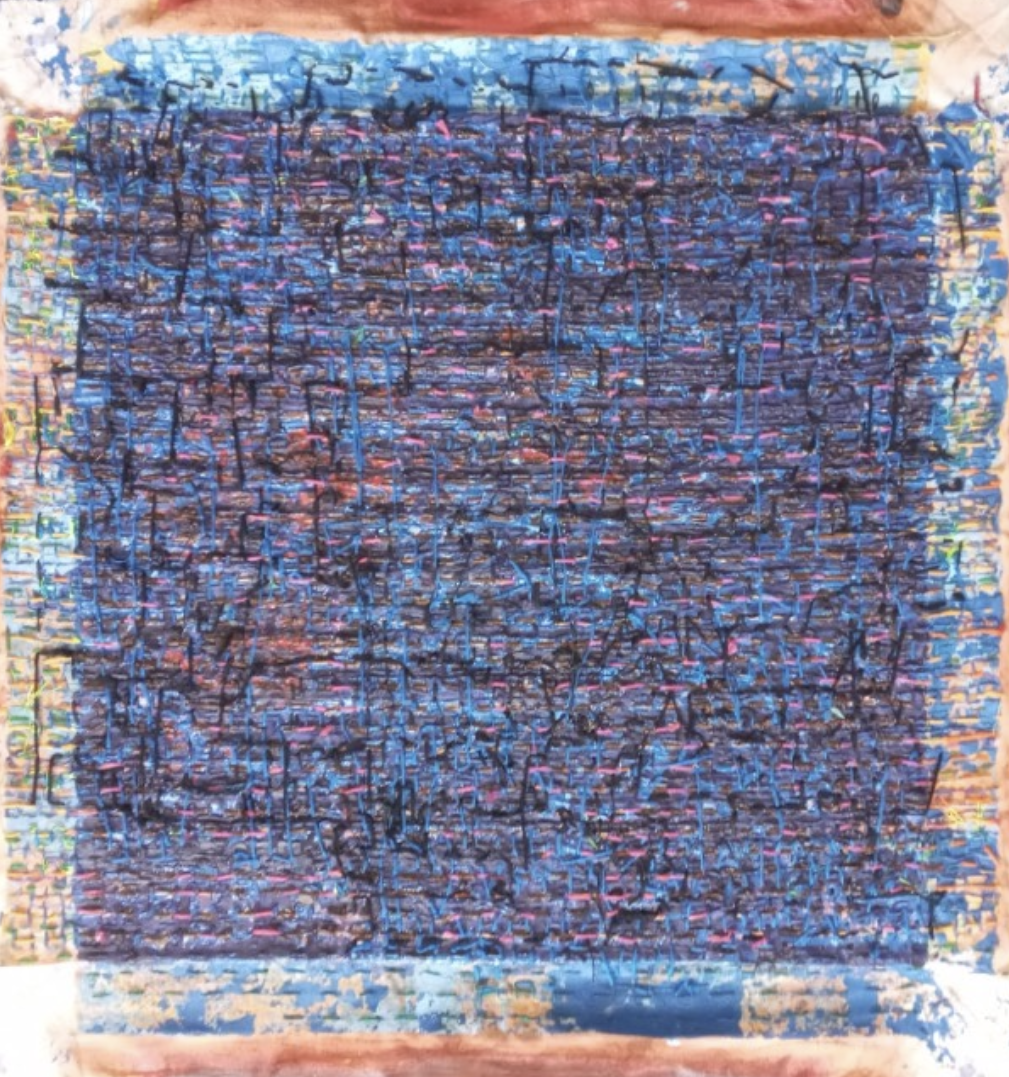
London based mixed-media artist Camilla Bliss blends the digital and the handmade through her practice, utilising a wide range of materials such as ceramics, metalwork, glass, wood, textiles and 3D printing. Crystallising her ideas through digital manipulation, the artist places an importance, however, on handmade processes and qualities. Bliss’ work is influenced by historical craftsmanship, motifs and mythologies which she uses as a framework to communicate ideas about the modern world. Using universally recognisable symbols, Bliss allows the viewer to bring personal narratives to her work, mediated through a playful use of colour, material and surface.
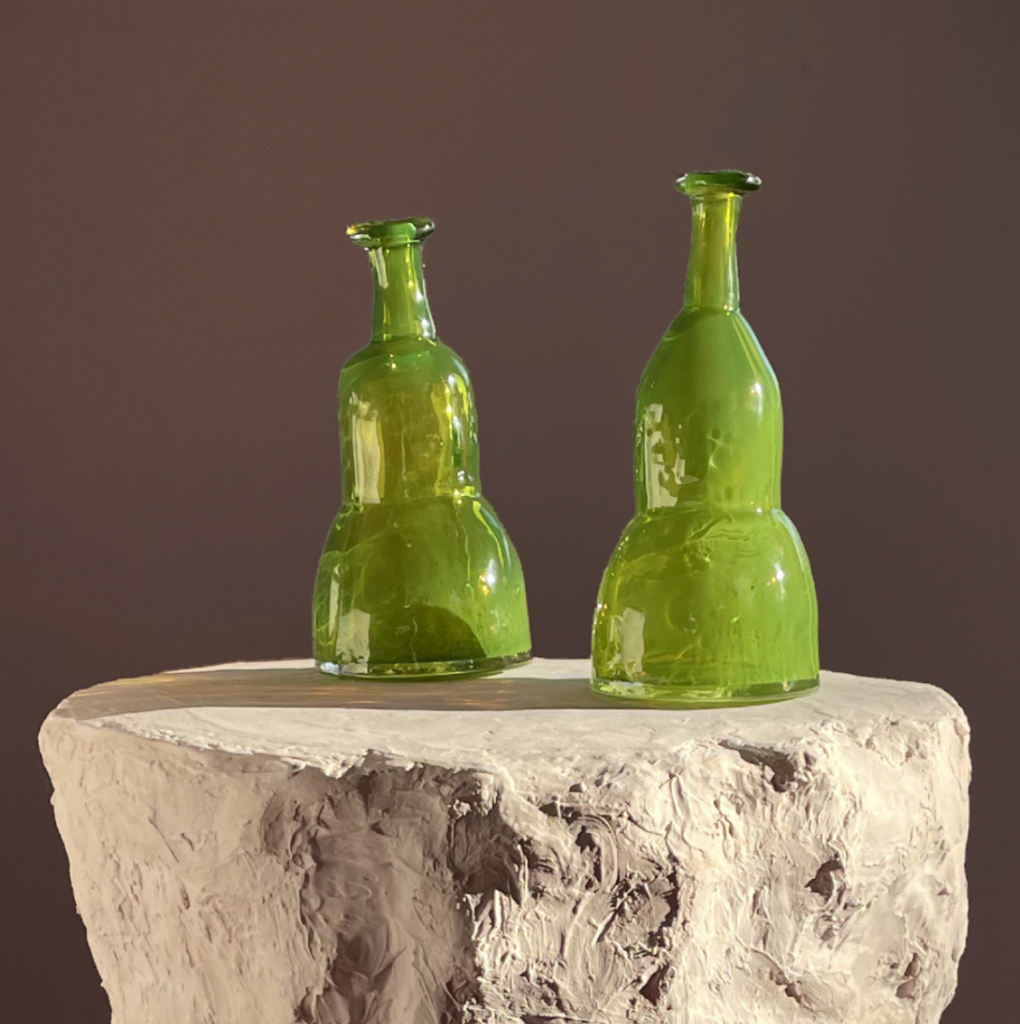
Miranda Boulton’s work is an ongoing conversation between the past and the present. She is fascinated by Flower Paintings from Art History. She re-imagines a genre once seen as superficial, feminine and slight. Flowers make sense to her, they cover the monumental and the everyday, alive, beautiful, decaying, dying, haunting, life-affirming, poignant, reassuring, always at the height of their beauty they fade away.
‘These works are saturated with thinking about the genre and its canonical practitioners, and never just in the mode of reference, or of establishing herself within a lineage. Boulton treats artists of the past as living resources to push against and experiment with, as interlocutors and channels of intimacy. The constellations guiding her work are many. Edouard Manet Henri Fantin-Latour and Giorgio Morandi recur alongside Rachel Ruysch, Mary Moser, Winifred Nicholson and Dorothea Tanning to name but a few. By recalling these artists together, their references threading from one work to the next, Boulton creates an imagined cohort of artistic ancestors, and raises questions pertinent to feminist art history. Why is it that when male artists painted still life it was considered profound – in Morandi’s case, almost spiritually so – but when women engaged with the same subject matter they were judged narrow, minor, even amateur? In Boulton’s spirited conversations with tradition, which treat all her chosen artists as equally valuable source material, these gendered distinctions melt away. Boulton’s process ensures these influences never become overbearing.’
‘Flowers are stripped of their associations with conventional femininity, what for centuries connected the ornamental function and essential frailty of flowers with women’s bodies. Instead, these flowers are elastic, energetic and robust. Distortion strategies explode conventional verisimilitude, and produce stretched and melted bouquets, which threaten to engulf the entire canvas.’ Acts of Cross-Pollination: Miranda Boulton’s Still Life by Rebecca Birrell
Meandering around this genres history, she spends time absorbing artists and their work, following their brushstrokes as if listening in on a conversation. The series of paintings for this exhibition are a response to Dorothea Tanning’s painting ‘Some Roses and their Phantoms’ painted in 1952. Boulton spent months absorbing the painting into her memory, the insect- like form became a vibrant character in her mind. She then worked on a series of paintings on paper exploring her memories of this form, bringing it to life. There is an essence of the original, an acknowledgement of a time, place and history all in the mix. She explores new forms from old imagery and narratives, linked through expressive layers of colour, gesture and form.
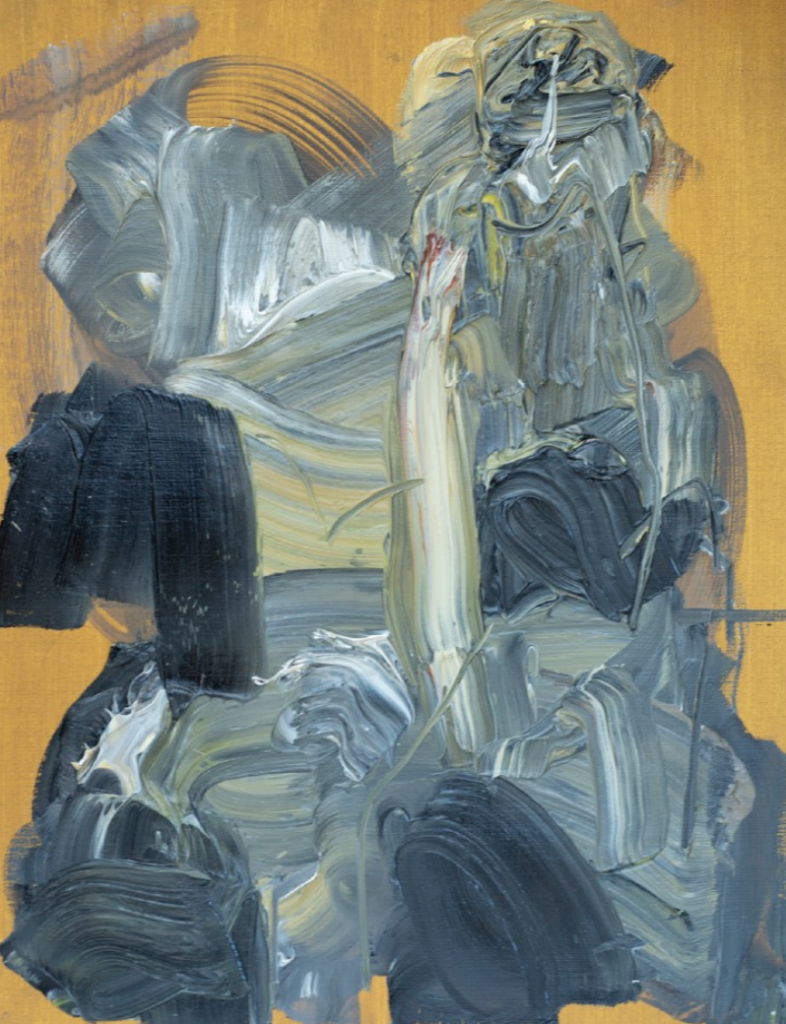
Florence Reekie is a figurative oil painter from Scotland. Her paintings are often contemporary scenes drawing upon classical impressions and techniques, with expectation, subversion and decadence important themes. Drawing on the European artistic tradition of exploring universal human values, she is interested in developing ideas around perception, iconography and coding within compositions while experimenting with the materiality of paint. Reekie’s recent work forefronts the delightful yet decadent qualities of fabric as a way to reflect on the broader impact that globalization and consumer culture have had on virtue hierarchies in the contemporary age.
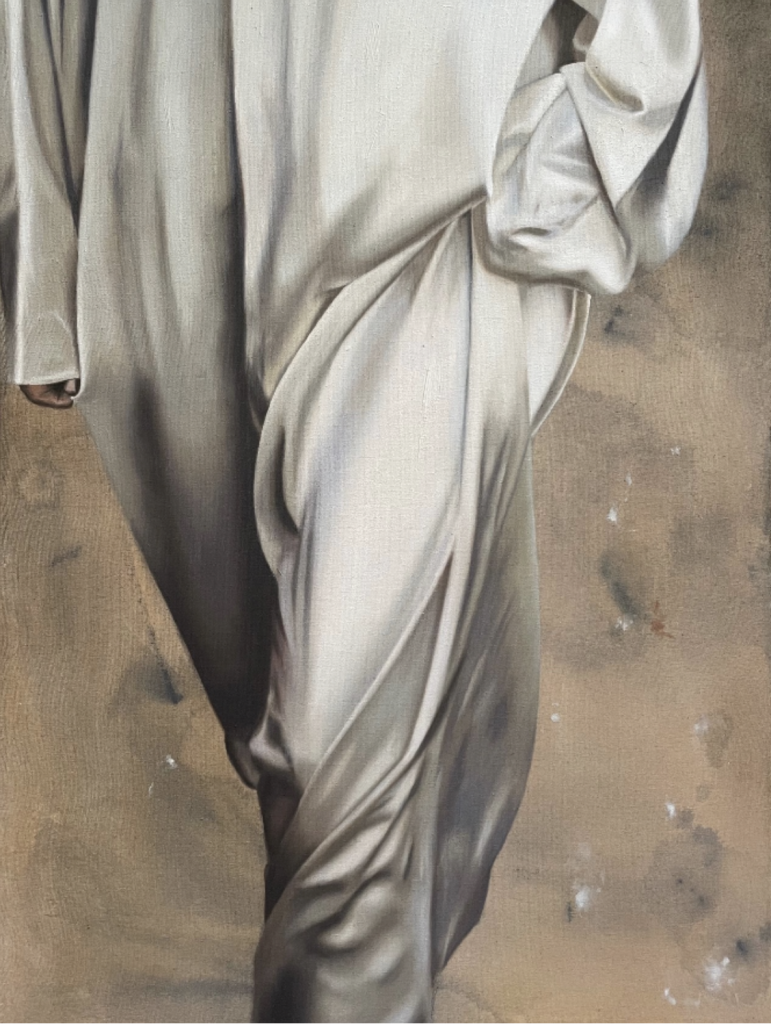
Sue Williams A’Court’s practice explores the notion of the visual sublime working within painting, collage and drawing, she employs re-imagined landscapes as a trigger for encounter or contemplation. Classical landscape references are reinterpreted in a new context, rendered in graphite on a variety of surfaces. The form, composition and materiality are meticulously constructed to summon a state of mind rather than a specific location.
The tension between the precision drawing and the loosely painted ground references different models of art history and alludes to contrasting types of mental attention competing for the same psychological space. A’ Court invites curiosity of ones own mental state.
Her interest has been formed by her meditation practice and by the ideas of pre-eminent psychiatrist and writer Iain McGilchrist in his book “ The Master and His Emissary-the Divided Brain and the Making of the Western World”, presenting his research on the hemisphere differences and the different perspectives they have in constructing our current experience and impact on our society.
Sue Williams A’Court’s exquisitely borrows details from Arcadian landscapes of historical works to create a series of ‘portraits’. Exploring the way we subconsciously see human forms in the world around us, the paintings’ muted surface evoke Victorian photographs, yet the faces within emerge from delicately interwoven trees, paths and boulders. Playing with ideas of identity, and perception questioning reality, the portraits are landscapes of our own imagination, a state of mind rather than a specific location. Hovering ambiguously between our inner and outer worlds, their mesmerizing, miniature scale invites viewers to lose themselves in an intimate, contemplative reverie in which we no longer feel wholly separate from what we observe.
